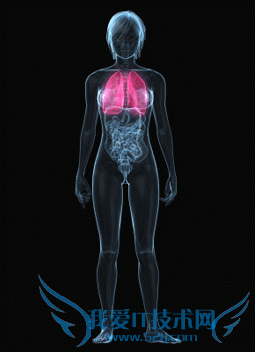��ӭ������52ijӢ��������������С��Ϊ�������Ӣ��֪ʶ�ǣ������Ƽ�Ӣ���Ķ���ѵ��Breathing Pictures������������ϸ�ķ�����
���Ƽ�Ӣ���Ķ���ѵ��Breathing Pictures

Non-invasive
When doctors need to monitor a young child��s breathing, bands are strapped around the child��s chest, which are then attached to computers. This can be stressful and anxiety-inducing for a child, but researchers at the University of the West of England, working with Bristol University and consultants at local hospitals may soon change that. They are working on a non-invasive respiratory monitor.
Professor Melvyn Smith, Director of the Machine Vision Lab at the University of West of England explains, ��Typically in the past, people have used a contact device, it��s like a strap that they apply to the torso of the patient, and try and measure the volume changes and the rate of change in the chest and abdomen. It��s not very satisfactory because you only get point measurements where the device is, and it can move around.��
Muscular dystrophy
��The non-invasive techniques that have been tried are unsatisfactory�� says Professor Smith, ��because while they signal a patient is breathing, they won��t measure the quality of the breathing.�� Clinicians are particularly interested in how this may help children with muscular dystrophy, ��but with any patient that��s very poorly, you need to be aware of how weak the breathing has become and how healthy the breathing process is,�� explains Smith. ��The breathing of an opera singer is very different from the breathing of a patient like this. The breathing may be shallow or the muscles may not be working efficiently. That��s where the modelling part comes in, that might involve monitoring the movement of the chest and abdomen and relating them to each other.��
Photometric stereo
They are going to use a technology which they have already developed for other projects called Photometric Stereo. ��It involves using specialist illumination,�� says Smith. ��We acquire images underneath this illumination, and then we use the shading of the object that appears in the image to recover detail on shape.�� The data, revealed through a combination of camera and lighting, is processed and analysed to give a 3D image, while real-time imaging allows them to see and measure the movement of chest and abdomen in real-time. A year from now, ��we aim to have a working demonstrator and show that it works,�� says Smith.
������������Դ��Ӣ�������¹��Ļ�������
- �����б����������۽������ѱ�����˿���������������վͬ����۵��֤ʵ��������
-
